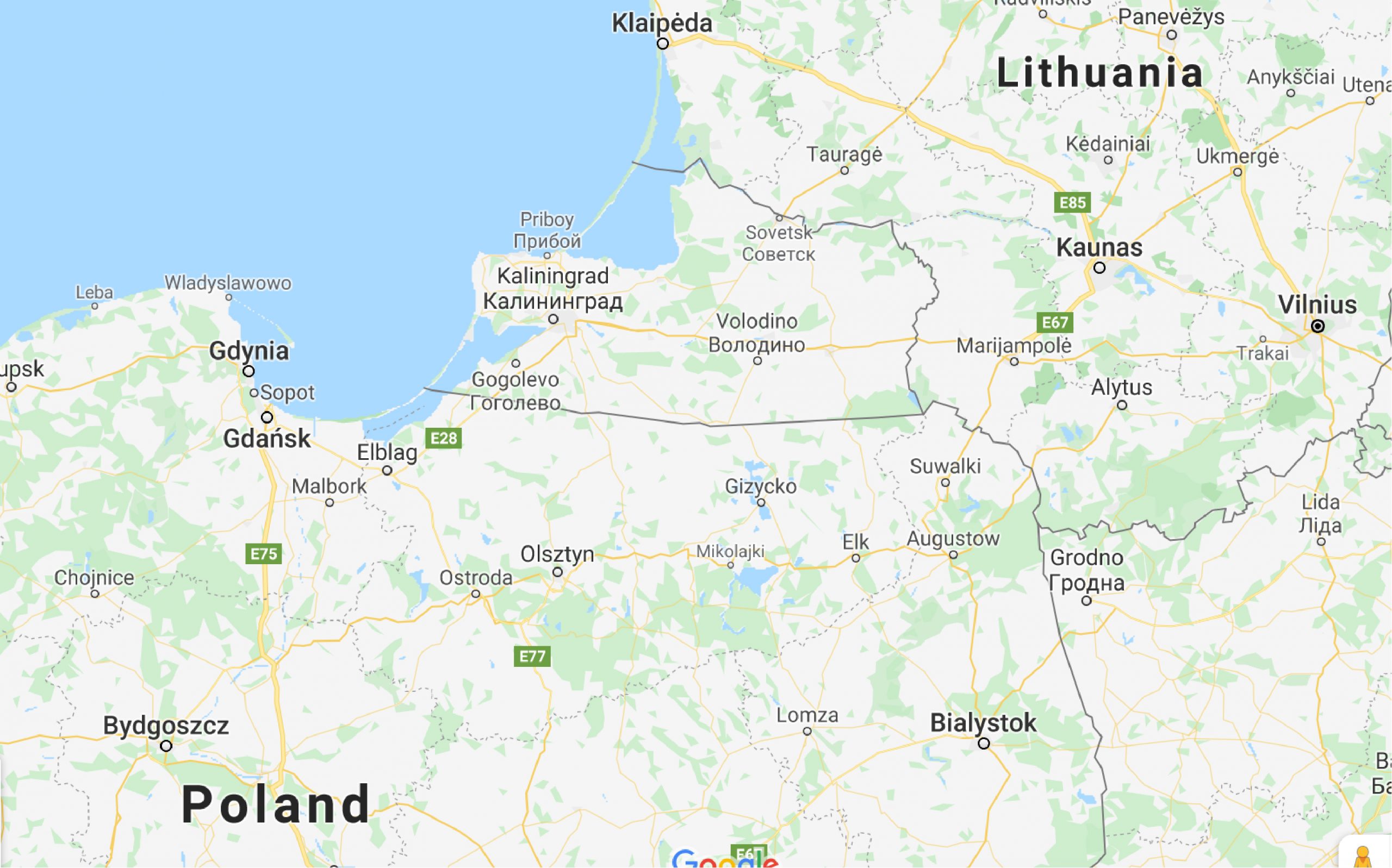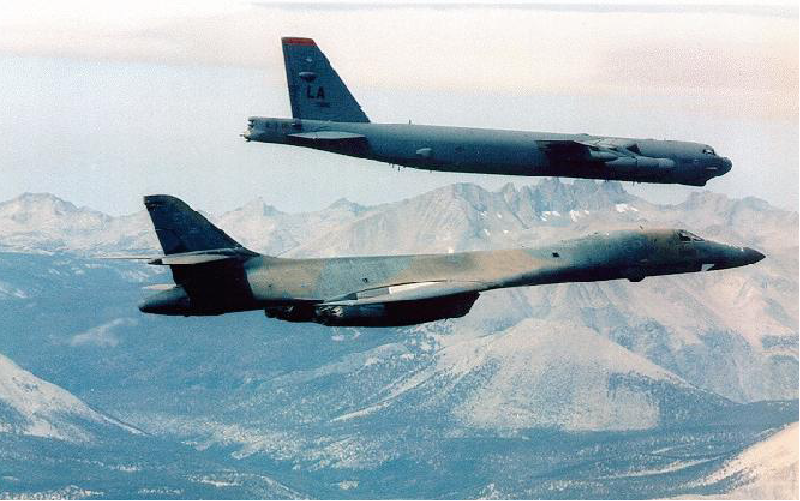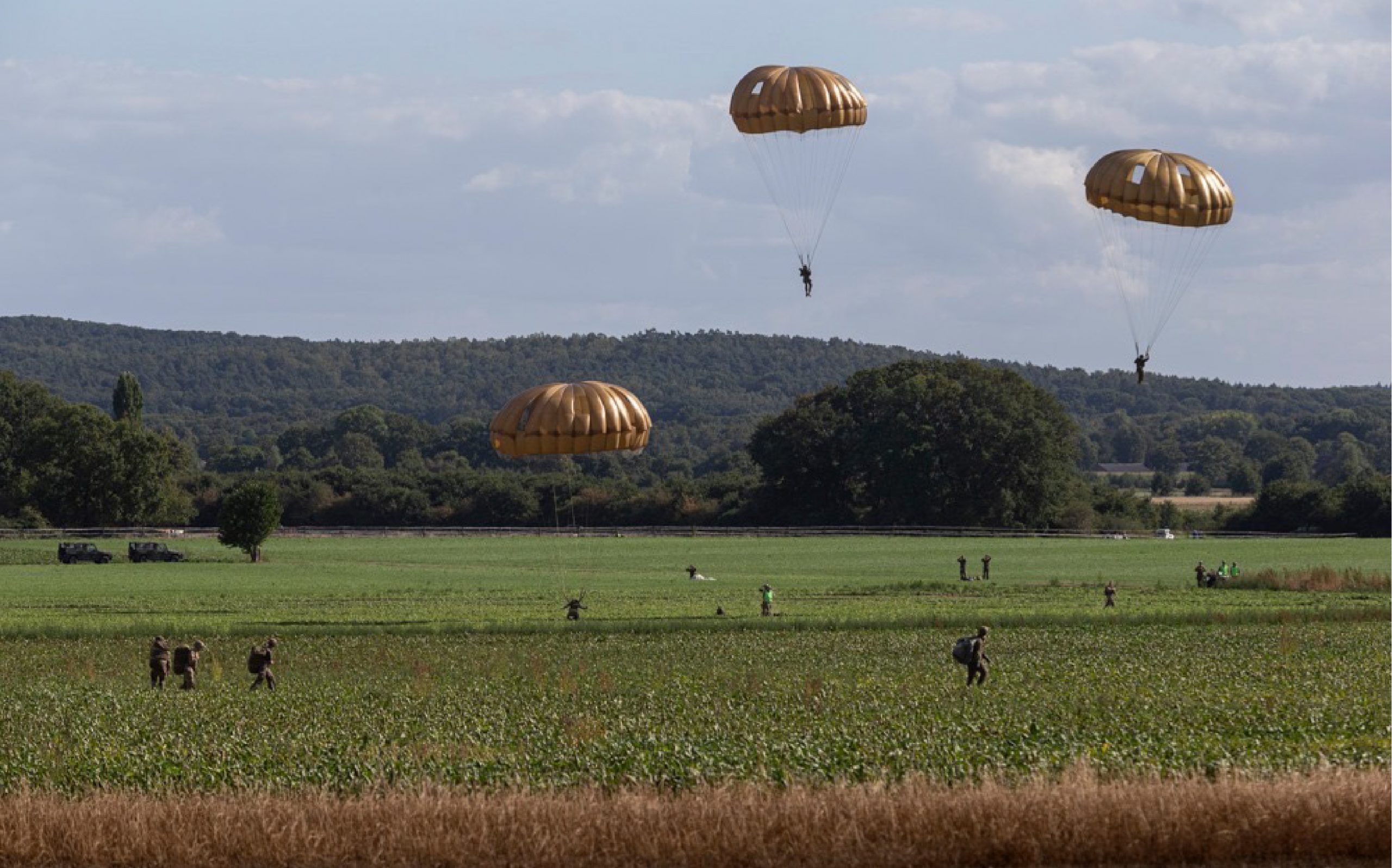Military Incidents Project: Assessing an Incident
This is the fifth in a series of posts re-introducing Global Zero’s Military Incidents Project, begun in 2014 to track publicly-known military incidents between nuclear-armed states. Visit the project’s homepage for additional updates and information.
In June 2014, according to a Danish Defence Intelligence Service assessment, Russian military jets equipped with live missiles flew low over the Danish island of Bornholm, simulating an attack as part of Russia’s largest air exercise since 1991. The exercise took place as politicians and journalists gathered on the island for the Folkemødet, an annual political meeting where members of every Danish political party give speeches and presentations to voters.
The same day, in international airspace over the Baltic Sea northeast of Bornholm, NATO air policing aircraft intercepted Russian aircraft flying to and from Kaliningrad, a Russian exclave on the Baltic Sea between Poland and Lithuania, and the Russian mainland. While these intercepts have become routine in the past six years, at the time this was reported as a record number of intercepts in one day in the area. NATO pilots reported seeing sixteen Russian planes in total.

The timing was decisive for how these incidents were perceived. Coming just a few months after the Russian annexation of Crimea, they were part of a broader trend of much more frequent and more risky interactions between the militaries of nuclear-armed states. Since then, relations between Russia and NATO countries have further deteriorated, and the rate and severity of these incidents has yet to return to pre-2014 levels.
These incidents usually slip below the public’s radar. Media tends to focus on relations between world leaders – but that’s only half the picture. Global Zero has developed a process for assessing individual incidents like these to understand their effect on the overall state of relations among nuclear-armed states, focusing on a few key factors:
Location
Where an incident happens matters. Militaries tend to project a high degree of confidence that flyovers and other operations can be conducted with such a high degree of safety that they should not be called into question. But the symbolic power of an incident conducted near the territory of another country lies not only in the implication that a similar operation could be conducted with openly aggressive intent, but also the real threat of violence that could occur should a “routine” incident go wrong.

For these reasons, incidents that take place near a border, on or near the territory of a state who is not the primary actor, or in an actively contested area all raise red flags – especially those that take place near the border with a nuclear-armed state or its allies.
Context
An individual incident should be considered in context: Have similar incidents occurred in the recent past? Have they been occurring more (or less) frequently, and has their timing, placement, and the behavior of the actors involved during the incident indicated a higher degree of risk-taking than in the past? If an incident resembles other incidents that have occurred previously, but takes place in a geographical area where those incidents do not typically take place, this can indicate a new point of confrontation between nuclear-armed states.

Military Exercises & Test Launches
As previous blogs in this series have detailed, testing a weapon or capability, by itself or in the context of a military exercise, should be given special consideration. Tests and exercises are part of the routine operations of all militaries, and can be and are conducted relatively safely. However, a test accompanied by inflammatory rhetoric or an exercise conducted near a politically sensitive border takes on implications beyond its role in regular military operations.
Make no mistake: the two biggest risk factors for nuclear use are the existence of nuclear weapons and a leader empowered to use them. Conversations about conflict must not allow decisions made by humans to be portrayed as fixed or inevitable, excusing those responsible for the most destructive weapons ever made from their duty to make sure they’re never used again.
What the Military Incident Project can do is provide a fuller picture of the range of factors that influence how and why a nuclear-armed state uses its military and engages in conflict. By making more comprehensible and publicly available information about the day-to-day actions of the militaries of nuclear-armed states, users can explore the difference between foreign and military policy as articulated by leaders versus how it’s executed on the ground. This knowledge is key to addressing the threat of nuclear use and building a future beyond nuclear weapons.
The next post in this series will discuss “background events,” low-risk events that influence how military incidents are handled. To stay up-to-date with all project updates, visit the Military Incidents Project homepage.
Photo #3: Airborne operations during exercise Falcon Leap 2019 by Erik Morren licensed under CC BY-SA 4.0.